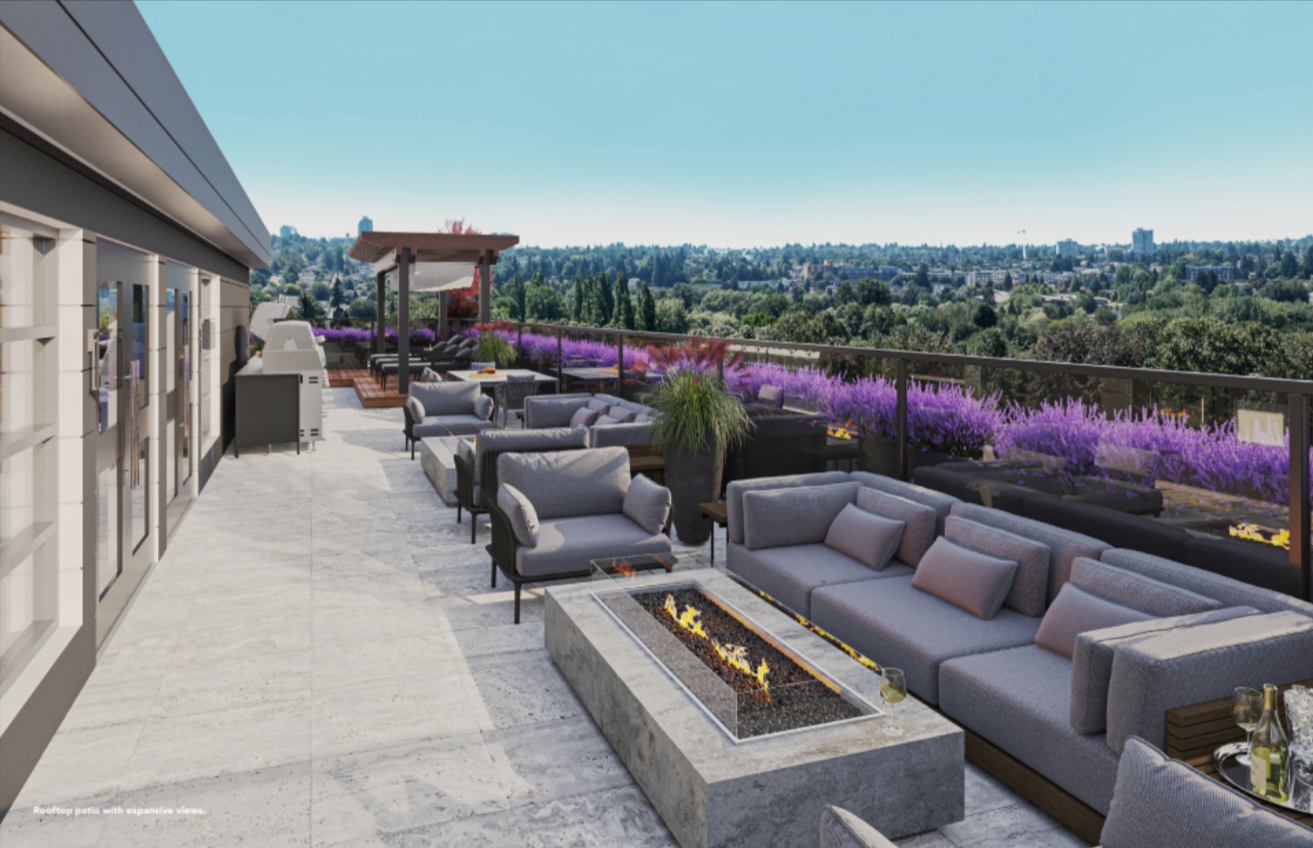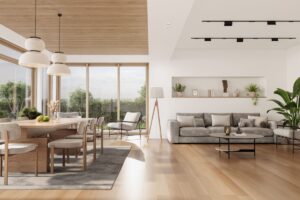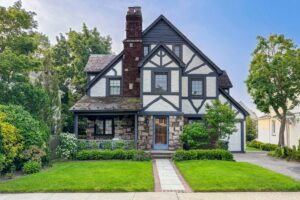The Best Fluffy Pancakes recipe you will fall in love with. Full of tips and tricks to help you make the best pancakes.

Urban housing design is undergoing a significant transformation driven by evolving environmental imperatives, technological advancements, and shifting social expectations. As cities contend with rising populations and climate challenges, new development approaches prioritize not only the efficient use of space but also the integration of resilient materials, energy-efficient systems, and community-focused infrastructure. Urban housing design in 2025 involves structural innovations and holistic planning to redefine what it means to build sustainable, adaptable, and livable urban environments.
Decarbonization by Design
One of the most transformative shifts in urban housing development is the deliberate reduction of embodied carbon. Steel and concrete typically comprise 70% of a building’s embodied emissions. Using carbon-cured concrete or timber framing is a development-level decision that defines project viability in low-carbon regulatory frameworks.
Using innovations such as CO₂-infused concrete, from companies like CarbonCure, and lifecycle assessment tools (e.g., EC3), developers are evaluating and minimizing emissions across a building’s lifespan. In effect, embodied carbon performance is transitioning from a niche feature to a baseline specification driven by municipal policies and national net-zero targets.

Garden 11 in Vancouver achieves a notably low embodied-carbon footprint through its choice of materials and structural strategy. Learn more.
Energy-Efficient Building Design and Systems
Reducing energy use is becoming a key focus in how some buildings are being designed. Many developers are following Passive House standards, using triple-pane windows, airtight construction, and high-quality insulation to lower energy needs. These methods are becoming more common in mid-rise residential buildings.
At the same time, there is rising growth in the use of heat pumps instead of natural gas, along with built-in renewable energy like solar panels on roofs or building facades. These systems are connected to smart energy controls, like sensors, thermostats, battery storage, and EV charging setups, to improve efficiency throughout the building’s life.
Retrofit and Adaptive Re‑use
Vacant or underutilized urban buildings, including offices, warehouses, and civic structures, are prime candidates for conversion into mixed‑use housing, often combining residential, work, and retail components.
Mixed‑Use, Community-Centric Programming
Urban developments are prioritizing social infrastructure: public libraries, market halls, plazas, and civic pavilions are being woven into residential schemes. These designs enhance density without siloing residents, fostering live-work-play precincts designed to reinforce community and social vitality.

Harbourwalk at Lakeview Village will be part of a transformative, mixed-use community along the waterfront in Mississauga. Learn more.
Mass Timber and Low‑Impact Structuring
Mass timber is making a strong comeback in mid- and high-rise buildings as a lighter, more sustainable structural option. It offers key advantages like reduced embodied carbon, quicker construction, and built-in fire resistance, along with the ability of wood to store carbon. Beyond sustainability, exposed wood surfaces also create a warmer, more natural feel that helps occupants feel more connected to their space.

Pura in Surrey is a wellness-focused, mass timber residential community by Adera. Learn more.
Resilience and Climate Adaptation
Cities and developers are looking to build with climate risks in mind, aiming to make homes and neighbourhoods more resilient to extreme weather and other urban stresses. Exteriors often use fire-resistant cladding, drought-tolerant landscaping, and systems like rainwater collection, green roofs, and courtyards to manage water naturally. In areas prone to flooding or wildfires, buildings are selecting stronger materials like cement-board siding, recycling greywater, and adjusting site grading, such as raising streets or driveways, to better manage runoff, while still balancing cost and performance.
Integrating Green Spaces into Design
More urban projects are including green features like planted terraces, living walls, and rooftop gardens to help cool cities, manage stormwater, and support local ecosystems. New buildings are blending housing with productive landscapes, such as shared gardens and small orchards for growing food. These green areas are planned from the start, with built-in irrigation systems and structural designs that can support the added weight.
Smart and Flexible Infrastructure
Base building systems are increasingly being designed for flexibility, with conduits and risers sized to allow future upgrades without invasive retrofit. Underground parking can be designed to accommodate EV charging bays and future vehicle-to-grid architecture. Smart building platforms are becoming integral from the ground up, enabling remote monitoring of HVAC, solar generation, and water systems, including greywater recycling, via integrated networks. The objective is not only healthier living, but infrastructure that can pivot with technological, regulatory, and societal shifts.

Bellwoods House in Toronto features a SmartONE system with a suite of digital controls and integrated technologies. Learn more.
Transit‑Oriented and Walkable Development
Transit-oriented design is becoming a priority at both the neighbourhood and building levels. Developers are placing mid- and high-rise homes near transit stops, using higher-density, mixed-use buildings along main streets, and including walkable pathways to guide how areas are zoned and built. Walking distances are getting shorter, and well-designed ground floors with amenities are encouraging people to interact and keep an eye on public spaces. The layout of buildings can help to support this, with features like aligned sidewalks, sheltered entrances, and lively street fronts.

The Wilde Condos in Toronto boast exceptional transit and walkability scores. Learn more.
Shared Amenities and Wellness-Focused Design
Developers are now building community-focused spaces directly into the structure of new buildings, rather than adding them on later. This includes gyms, saunas, meditation rooms, event areas, maker spaces, and childcare facilities. These shared amenities are often arranged around central atria or multi-level open spaces that connect living units through a common social hub. The goal is to support mental well-being, strengthen the community, and appeal to both institutional investors and Millennial or Gen Z buyers.





